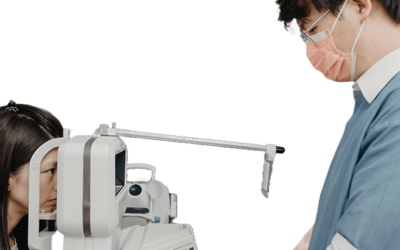Myopia Control during Orthokeratology Lens Wear in Children Using a Novel Study Design
Presented at: The Association for Research in Vision and Ophthalmology Annual Meeting, May 2011, Fort Lauderdale, Florida; The Association for Research in Vision and Ophthalmology Annual Meeting, May 2010; The British Contact Lens Association Annual Meeting, May 2011, Manchester, United Kingdom.
Helen A. Swarbrick, PhD,
Ahmed Alharbi, PhD ,
Kathleen Watt, BOptom,
Edward Lum, PhD ,
Pauline Kang, PhD
Received: March 5, 2014; Received in revised form: September 4, 2014; Accepted: September 20, 2014; Published Online: November 06, 2014
Manuscript no. 2014-347.



